Planning a workout outdoors? New service offers advisory to minimise risk of heat stress
The advisory is based on the Wet Bulb Globe Temperature, a widely-used indicator that reflects factors contributing to heat stress, such as air temperature and humidity.
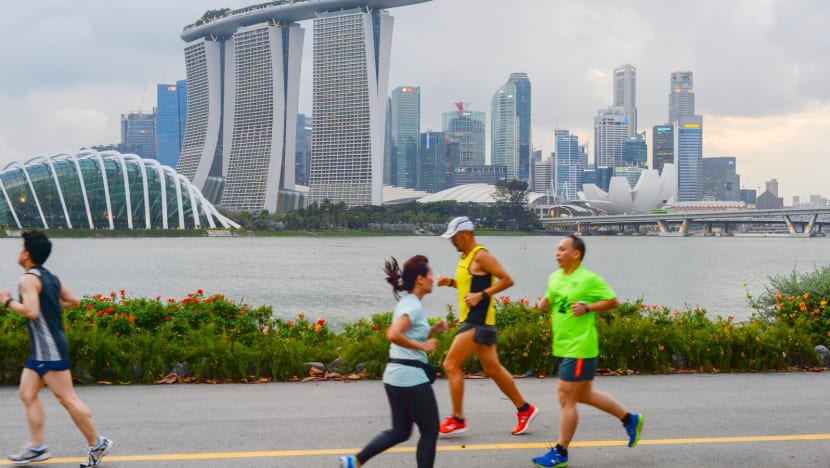
File photo of people running near the Singapore river. (Photo: iStock)
SINGAPORE: As Singapore continues to bake under scorching weather, authorities on Monday (Jul 24) launched a new service that will help people gauge the risks related to heat while carrying out outdoor activities.
There are three levels of risk of heat stress in the Heat Stress Advisory - low, moderate and high.
They are based on the Wet Bulb Globe Temperature, an internationally recognised indicator that reflects the main environmental factors contributing to heat stress, such as air temperature, humidity, wind speed and solar radiation, said the Ministry of Sustainability and the Environment (MSE) and the National Environment Agency (NEA) in a joint press release.
The advisory was developed in consultation with the Ministry of Health’s heat stress guidelines expert panel.
HOW IT WORKS
Before any prolonged outdoor activities, one can check the heat stress levels using the latest version of the myENV app or Singapore's weather information website.
The app will display the heat stress levels based on measurements from a sensor nearest to the user’s location.
There are currently nine such sensors island-wide that report heat stress levels, with the majority located in sports stadiums.
More sensors will be installed over the next two years at different locations, including those with higher human traffic.
The advisory will provide simple tips on how to adjust one's activities, take protective action and the appropriate attire based on the heat stress levels.
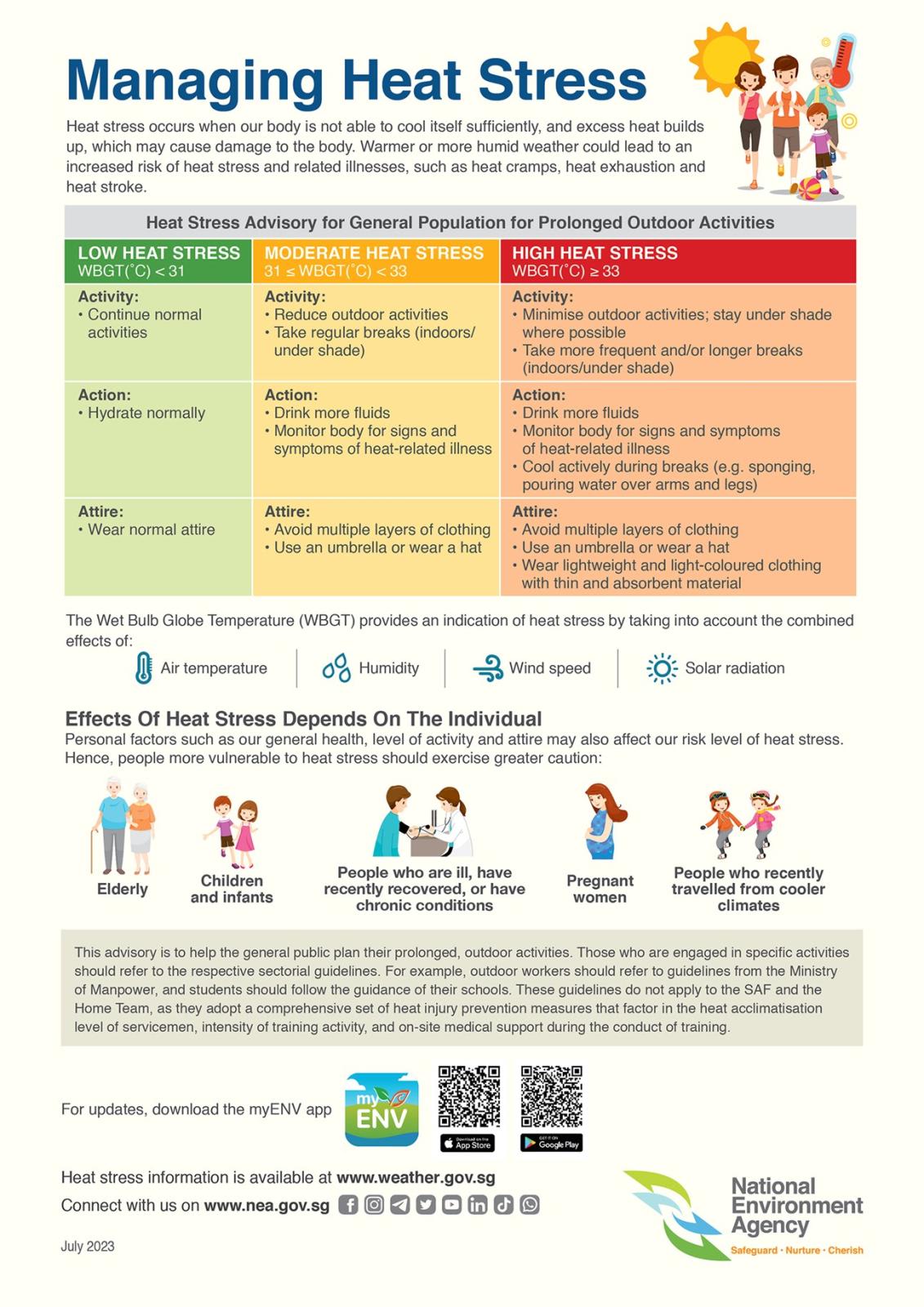
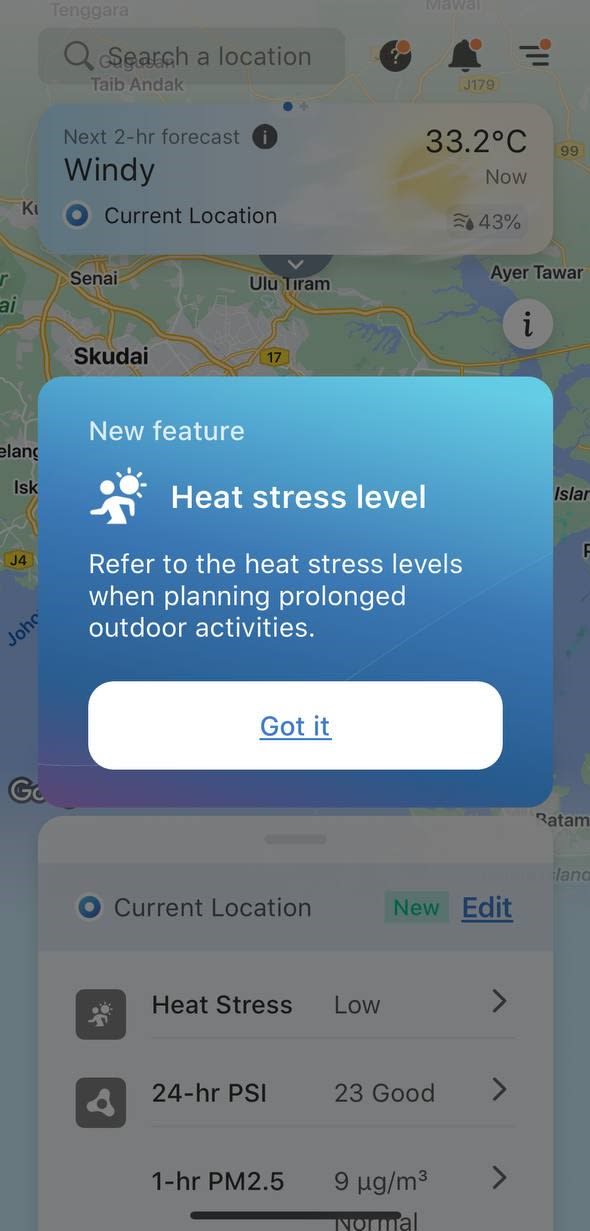
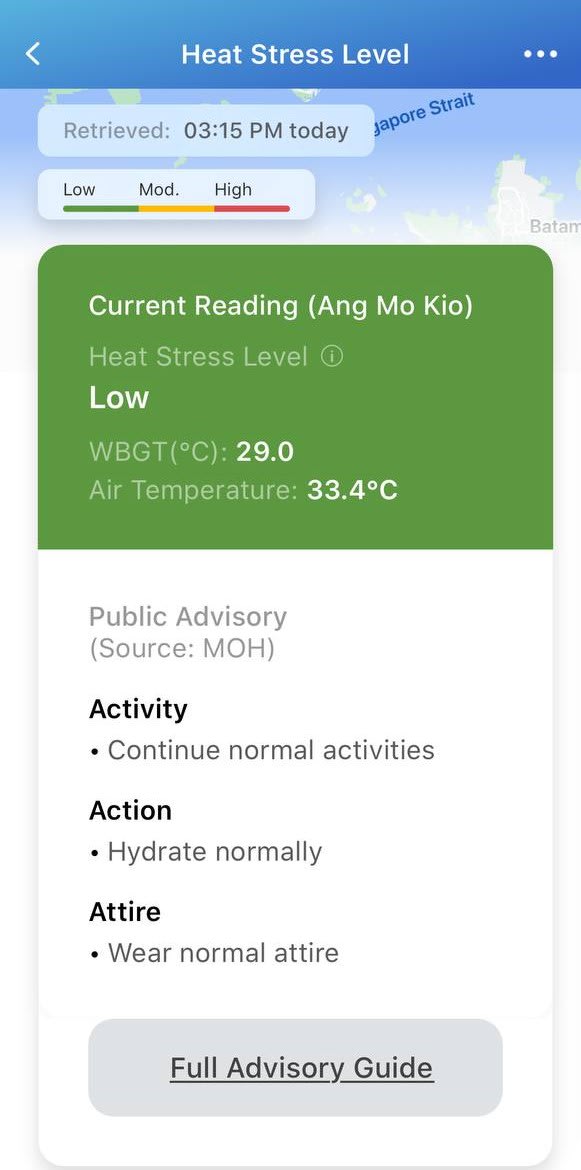
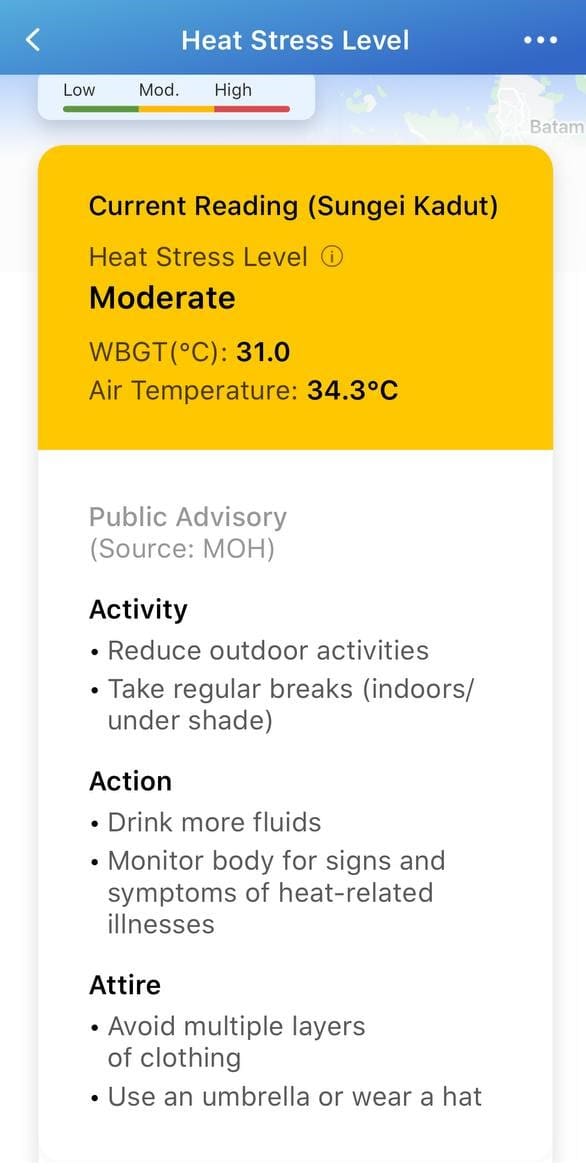
The three levels correlate to the risk of experiencing heat-related illnesses during prolonged outdoor activities such as heat cramp, exhaustion and stroke.
These levels do not apply to short-term outdoor movements, such as travelling to work or school, where there is lesser exposure to heat.
“While the advisory provides general guidance, members of the public should also take into consideration individual circumstances, such as health, age, duration, and intensity of intended outdoor activities,” said MSE and NEA.
Groups that are more vulnerable to heat stress, including the elderly, children and infants, and pregnant women, are advised to exercise greater caution.
You will soon be able to get a better sense of how temperatures can fluctuate – even within Singapore - as more temperature-monitoring stations are set to be rolled out. Clara Lee with more on how this affects the country’s urban planning.
Those who are required to participate in prolonged outdoor activities at work or in school should refer to their respective sector’s guidelines, the agencies added.
For example, companies and workers should refer to guidelines from the Ministry of Manpower, students should follow their school’s guidelines, and Singapore Armed Forces, Home Team personnel and national servicemen should refer to their sector-specific guidelines.
Singapore matched a 40-year temperature record in May when the daily maximum temperature hit 37 degrees Celsius in Ang Mo Kio.
The last 10 years, from 2013 to 2022, also represented Singapore’s warmest decade on record.
Several schools have also eased their rules on uniforms, such as allowing students to wear physical education attire instead of full uniforms and letting them leave their polo shirts untucked.


















